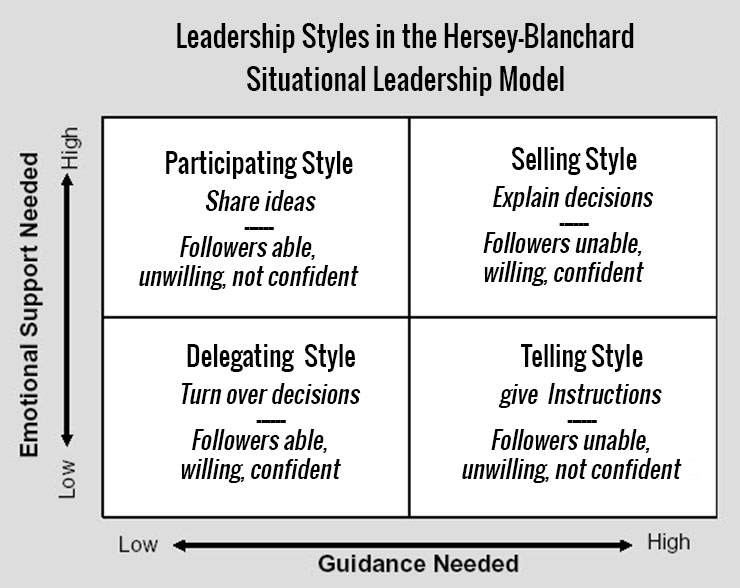The Six Keys to Business Success
Running a business can feel like herding cats at times, with so many priorities vying for your attention every hour of the workday. Yet as with most things, the Pareto Principle, also known as the 80/20 rule, is something to keep in mind when making a conscientious decision on how to spend your time. Focus on those few things that will yield the greatest impact for your business.
The company WHY of who you are and where you are going must be clear not only with the CEO but across the entire organization. Every employee must have their personal Why defined. If an employee is not invested in where the company is going, their performance will slow the organization down. Some organizations call this Core Focus their Mission.
CEO Action Strategy: Host a team meeting to create and/or confirm the company vision and each employee’s as well.
The CEO is responsible for creating, exhibiting, and upholding the culture through defined Core Values created with the Leadership Team. All employees must understand the core values internally and externally adopt how they work together, with suppliers, clients, etc.
CEO Action Strategy: Do a survey of your employees asking their perception of the current company culture and how well the core values are implemented. Ask employees for involvement; create an employee committee to poll employees on how well the culture is reflected within the company and what the leadership team or employee committee can do to ensure the core values are implemented across the organization.
The CEO should ensemble a Leadership Team with department heads or division leaders to ensure the entire organization has balanced representation like the three-legged stool – Sales/Marketing, Operations, Finance (IT, HR, Admin, Accounting).
CEO Action Strategy: Meet weekly with the leadership team with a set agenda to celebrate successes, review the weekly business scorecard, review progress on strategic quarterly initiatives, discuss employee/client concerns and company issues, and hold each member accountable to follow-up agreed to by the team.
CEOs must develop those around them in order for the company to grow; leadership team members need to continue to grow both individually and with each other or the company will “hit the ceiling” or outgrow its leaders. Utilize Assessments to help the leadership team understand and recognize their strengths and weaknesses and where the best use of their time is related to their “unique ability” – what they do really well – so they can help their direct reports do the same thing independently and together.
CEO Action Strategy: Create a development plan in areas of soft skills and technical skills; hold each other accountable. Consider reading a leadership book and discussing the highlights together; some options include Good to Great, 5 Dysfunctions of a Team, Traction, eMyth, etc.
The CEO must determine with the leadership team where the organization needs to be in five years, 10 years, or longer. This group needs to be able to plan, predict, and execute to end up where they want to go. This ensures the business can maximize market share and stay ahead of the competition, while also providing clients with what they need and opportunities for employees to learn and develop.
CEO Action Strategy: Set aside a full-day off-site meeting with the leadership team for strategy planning to determine the long-term goal of the organization; perform a SWOT Analysis in detail that will help identify the multitude of strengths, weaknesses, opportunities, and threats the organization has to capitalize on. Determine what the strategic initiatives are that the leadership team needs to focus on every 90 days to reach the company’s long-term goal.
The CEO and the leadership team must share the vision, long-term goal, how to get there, and what it means for the company and its employees to create buy-in and participation across the organization. This keeps everyone headed in the same direction and focused on the same goal.
CEO Action Strategy: Host Quarterly Town Hall Meetings and share successes every 90 days with employees; remind everyone of the core focus, core values, mission, scorecard, trailing 12 months of financials, and refocus on the strategic initiatives for the next 90 days in order to reach your goals.
Remember that true leaders don’t create followers, they create more leaders. Work with your leadership team to determine the main pillars of your business and then share them openly and often. When your employees know where the business is going and what’s in it for them, they are invested in the journey and the likelihood of reaching the destination together as an organization is infinitely higher. EOS®, the Entrepreneurial Operating System, provides clear concepts and practical tools to help take any business to the next level. Contact Christine Spray, a Certified EOS Implementer™, at [email protected] or 832-380-8224 or visit www.tractionforbusinesses.com to learn more.
About the Author:

Christine Spray is a nationally recognized business development keynote speaker, best-selling author three times, consultant, trainer, coach and Certified EOS Implementer™. Spray serves as a CEO and business advisor with a passion for helping people and companies grow.
Photo credit: © Roman Samborskyi | Dreamstime.com














